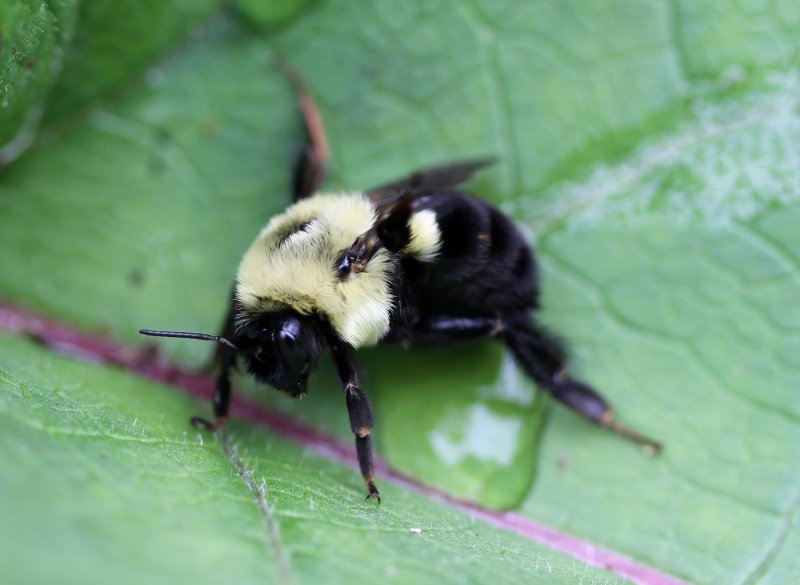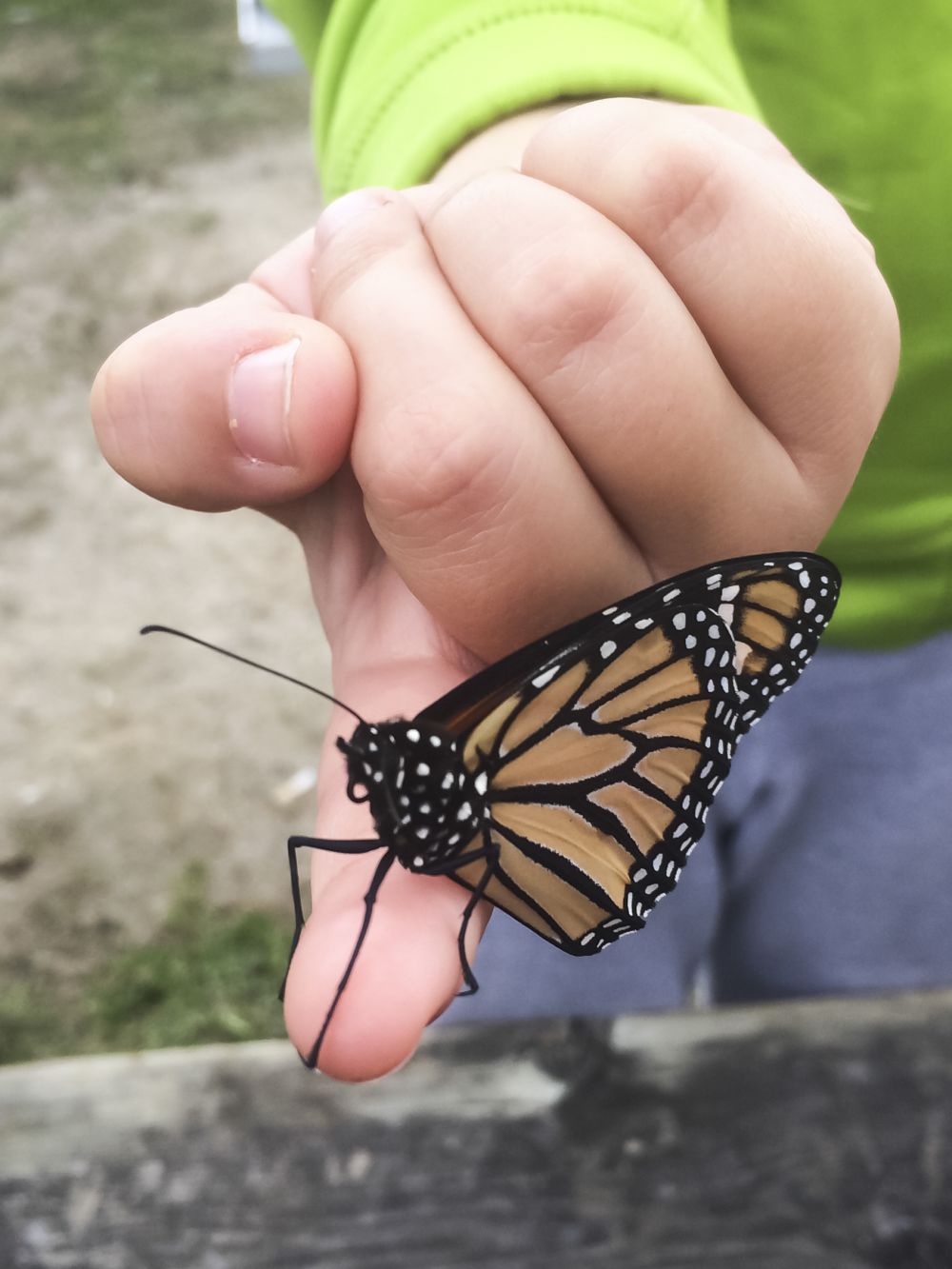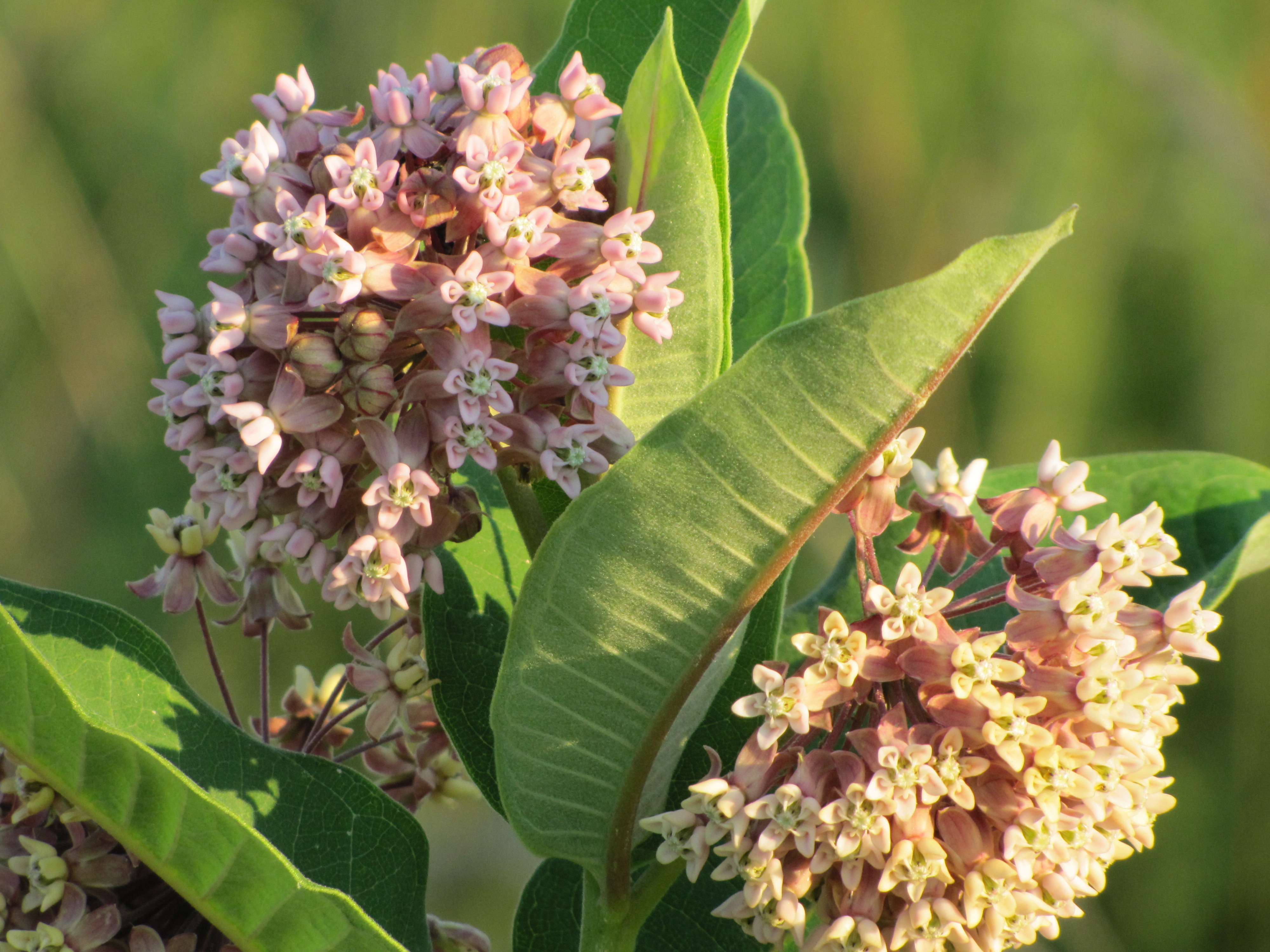Pollinators
Pollinators of Ontario
Ontario is home to thousands of pollinator species, including over 400 kinds of bees. Other pollinators include flies, butterflies, ants, beetles, wasps, moths, and hummingbirds. Pollination is necessary for the development of seeds or fruit for many flowering plants, so these services play a huge role in our environment and economy.
Huron County is predominantly an agricultural area, so pollinators are very important for our future. One-third of global food production is a result of bee pollination, and bees across Huron County pollinate many crops including vegetable plants, fruit trees, alfalfa, and canola.


Pollinator Declines
Unfortunately, both domestic and wild pollinators–most noticeably bees and butterflies–have recently undergone steep declines driven by factors including climate change, disease, pesticide use, and habitat loss. The Rusty-patched bumblebee was one of the most common species in Southern Ontario but has all but disappeared. Monarch butterflies have undergone a 90% decline from 20 years ago. These striking insects begin their lives as caterpillars feeding only on milkweed, but transition into butterflies that pollinate many wildflowers. From Goderich, they undergo an incredible journey to Mexico of over 3,200 km! Honeybees are actually not native to North America, but declines in commercial pollinators are also worrisome as the crops they pollinate contribute over $500 million per year to Ontario’s economy.
How you can help
The HSC has been working to conserve native pollinators by planting native wildflowers. How can you help? Choose native plants when gardening, including plants that bloom at different times of the year (see Grow Me Instead for seed mixes and gardening advice). Avoid using chemicals in your gardens, and consider planting milkweed. Take part in MonarchWatch programs to help conserve butterflies, and submit your observations to iNaturalist, eButterfly, or BumblebeeWatch.

